As product marketers, we’re drowning in data. We have dashboards tracking funnels, surveys quantifying sentiment, and analytics on every campaign.
But data isn’t always insight. And more often than not, the story that can change your strategy isn’t hiding in a dashboard. It starts with your customers.
For my team at Intuit, that problem was data migration for our professional tax software, ProConnect Tax. On paper, it was a business challenge: we needed to migrate new firms from competitor software seamlessly. The data showed friction, but it didn’t show why.
This is the story of how we moved beyond the spreadsheet to find and tell the human story hidden in the numbers, and how it led to a complete overhaul of our approach.
Step 1: The insight that started it all
A powerful narrative rarely starts by staring at a report. It begins with a spark – a single, potent customer insight. For me, I find it generally takes at least seven customer conversations (minimum) to validate a juicy customer insight.
While looking at drop-off rates, I hypothesized that the technical friction of switching software was secondary to the anxiety customers felt about the change.
Tax professionals see themselves as stewards of their clients' most sensitive information. The fear wasn't just "Will this new software work?" It was, "What if I lose my clients' data? What if this change disrupts my entire practice?"
Their anxiety was the boogie man that kept them from considering a new software option... This insight, born from putting myself in the customer's shoes, became our guiding hypothesis.
Step 2: From hypothesis to validation
With this "anxiety hypothesis" in hand, I resisted the urge to immediately commission a large-scale survey. The first step had to be qualitative. My deep belief is that you have to earn the right to quantify.
I became relentless in my pursuit of customer feedback. I partnered with our sales and onboarding teams to hear the unvarnished truth from their calls and personally conducted dozens of customer interviews.
My approach is always to get to know the customer, find an uncommon commonality with them, be vulnerable where applicable, and establish trust. I find this formula puts people at ease and encourages them to be more honest.
The goal was to test the hypothesis: Do other customers share this same anxiety? The answer was a resounding yes. We heard it in their language: "nightmare," "terrified," "a huge risk." The fear was real, and it was emotional.
Step 3: Quantifying the story with analytics
Once I had the "why" validated through these conversations, it was time to quantify the "what." This is where a strong partnership with our analytics team became essential.
I didn't just ask them for a dashboard. I went to them with the validated customer insight and a clear question: "We know customers are anxious about data migration. How and where can we measure the impact of that anxiety in our funnel?"
Together, we analyzed drop-off rates on specific onboarding pages, looked at workflow interruptions, and identified the exact moments where the data showed users hesitating or leaving.
Now, we had the hard evidence needed to show the size of the opportunity. We could connect the qualitative story of anxiety to a quantitative business problem.
Step 4: Crafting the narrative to drive action
With the pieces assembled (the initial insight, the qualitative validation, and the quantitative data), it was time to craft the narrative that would drive action. The story wasn’t just a recitation of facts. It was a compelling argument for change.
The story wasn’t, "Our webpage has a 20% drop-off rate."
It was: "Our customers feel a deep sense of anxiety when they consider switching software. This fear, validated in dozens of interviews, is directly impacting our business, showing up as a high drop-off rate on our onboarding page.
"To win their trust and their business, we must address this fear directly, not just the technical process."
The impact and the lessons learned
This narrative shifted the conversation internally from a technical problem to a human one. It led to a full revamp of our data migration page and our communication strategy. Instead of leading with features, we led with empathy.
We created content that guided users through the emotional journey, built their confidence, and assured them of support every step of the way.
The project reinforced a core belief: finding the story in your data is a strategic discipline. It's about starting with a human insight, validating it with real conversations, quantifying its impact with analytics, and weaving it all into a narrative that compels people to act. That is how you turn information into influence.











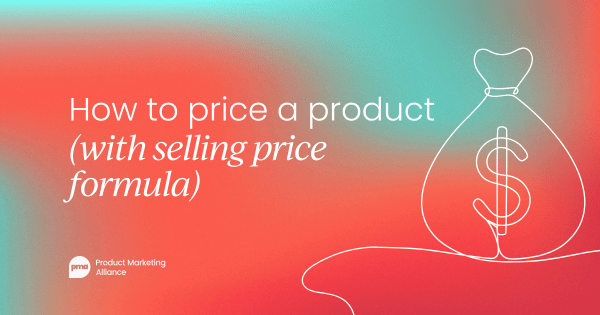
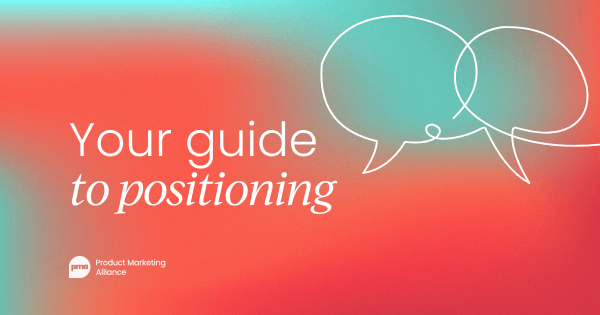
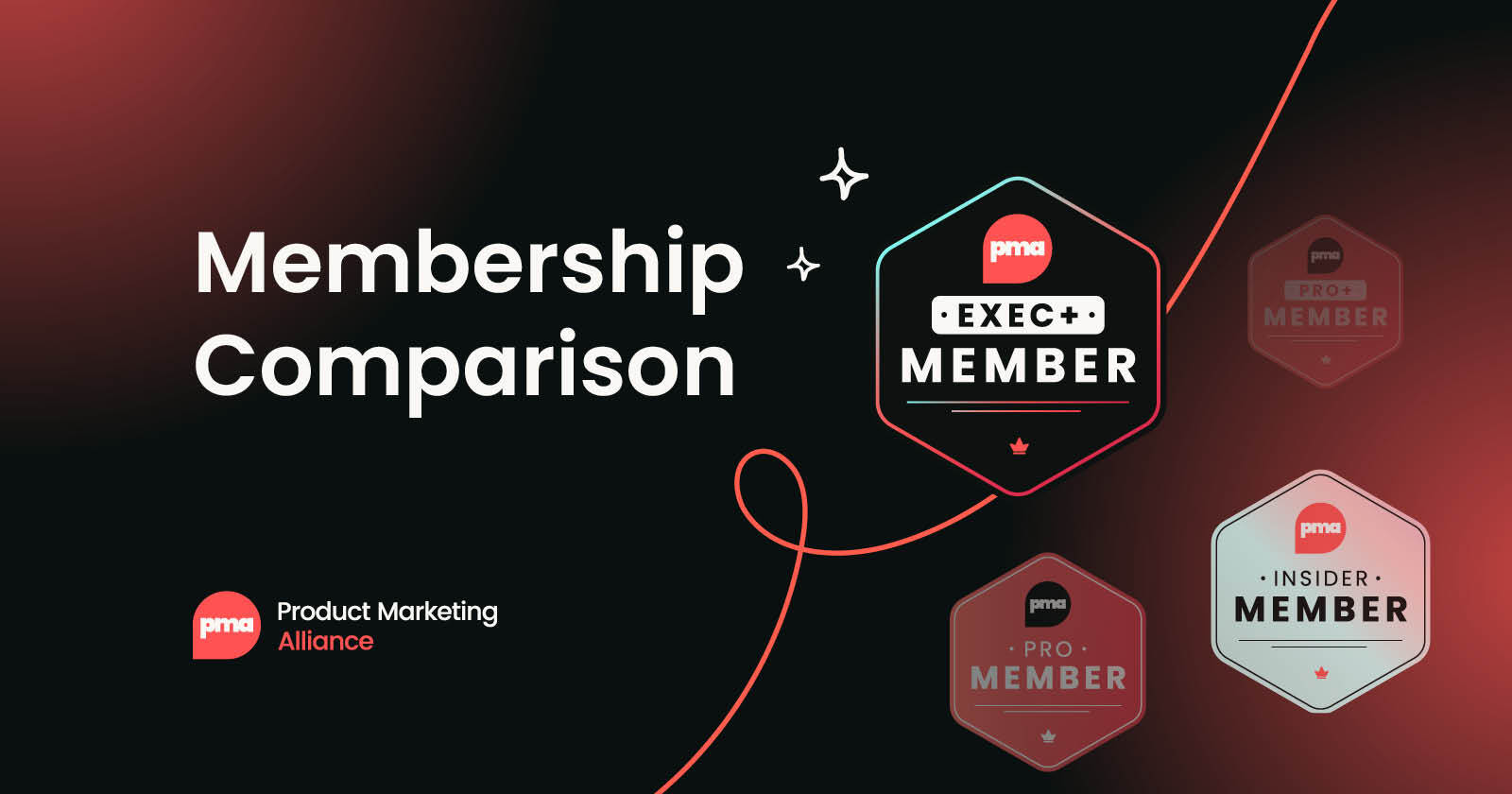
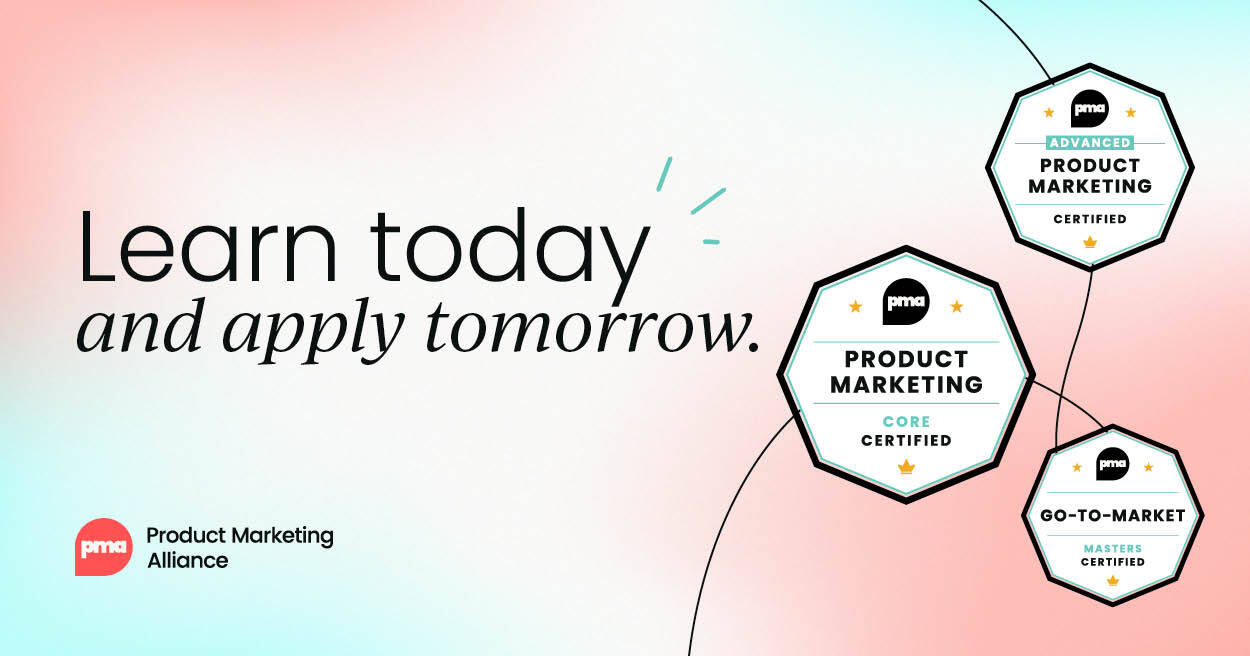
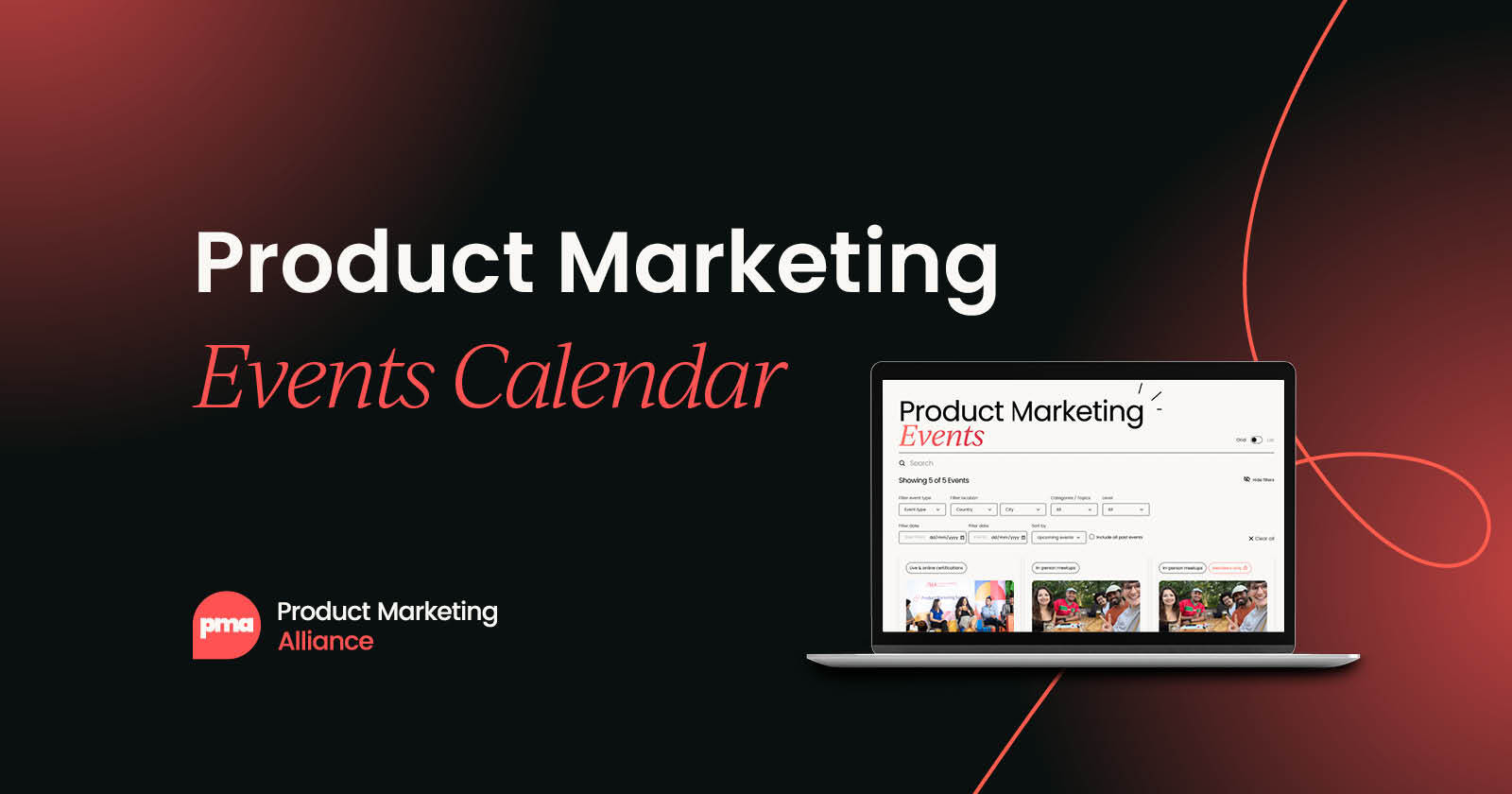
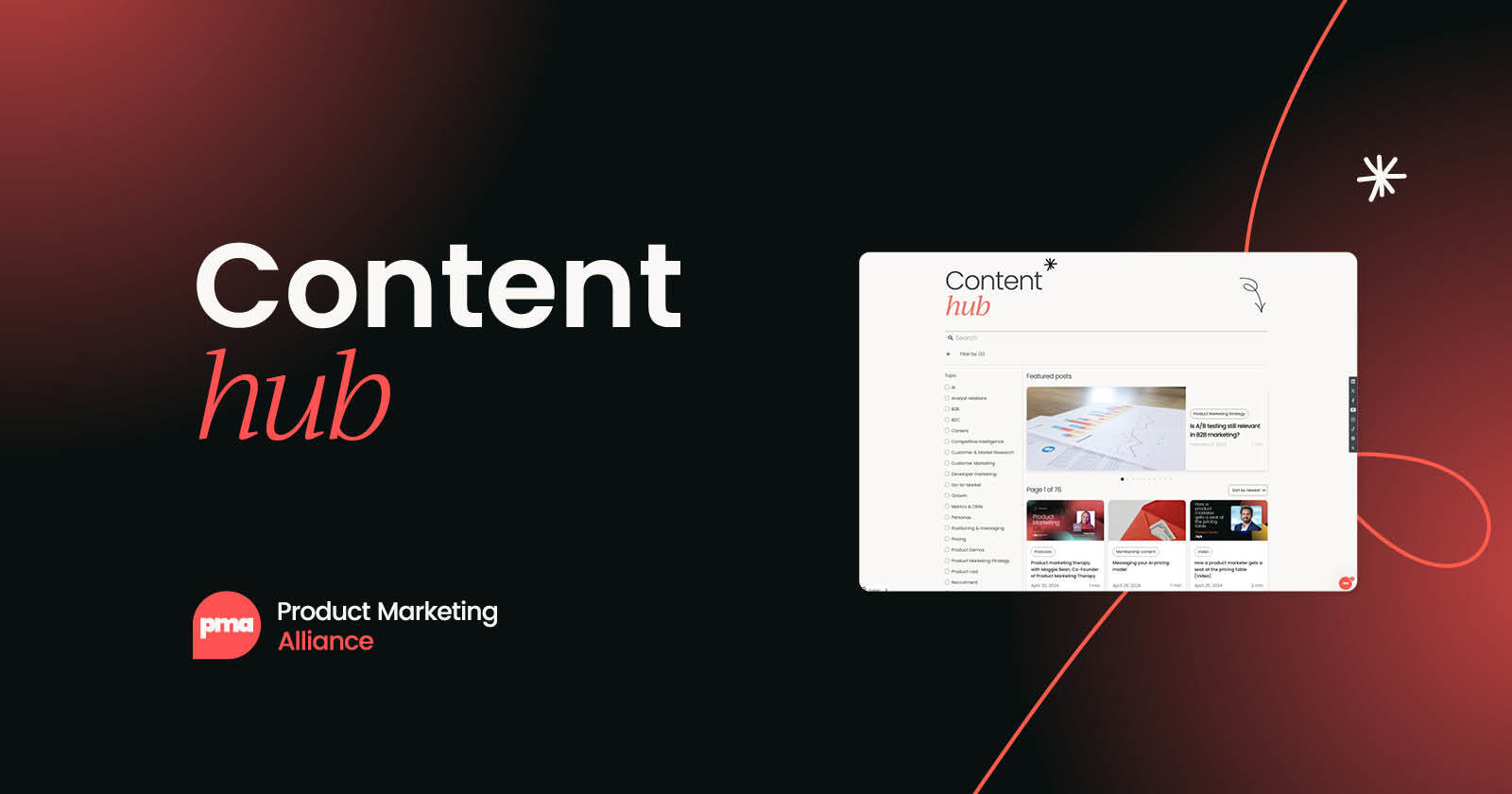

 Follow us on LinkedIn
Follow us on LinkedIn

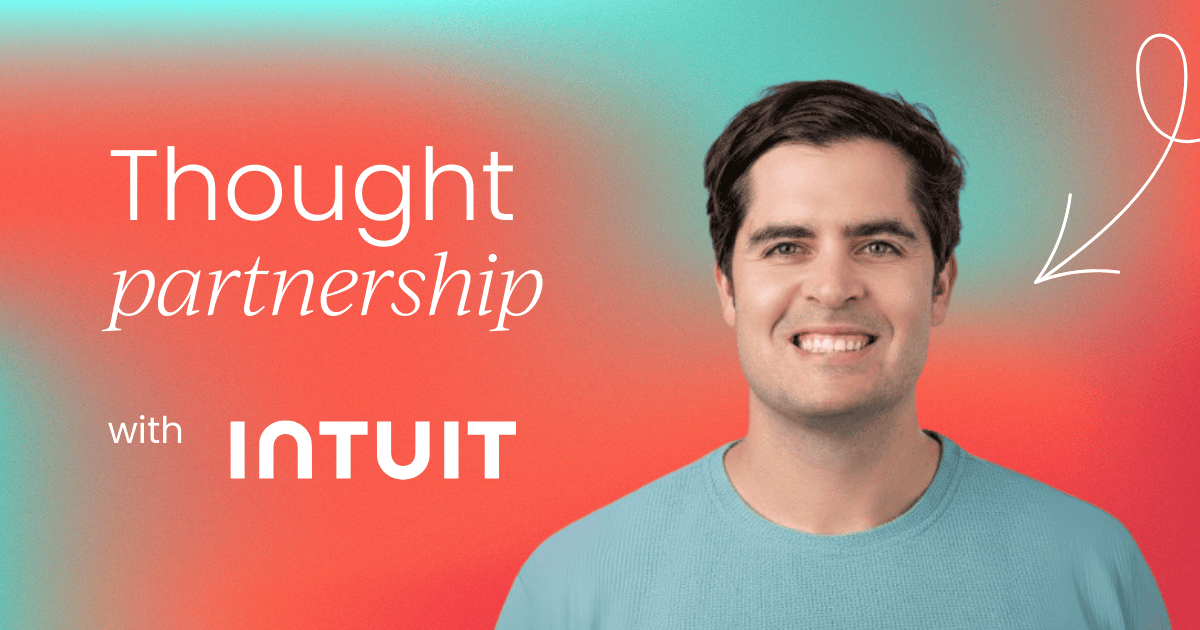


.svg)
Start the conversation
Become a member of Product Marketing Alliance to start commenting.
Sign up now